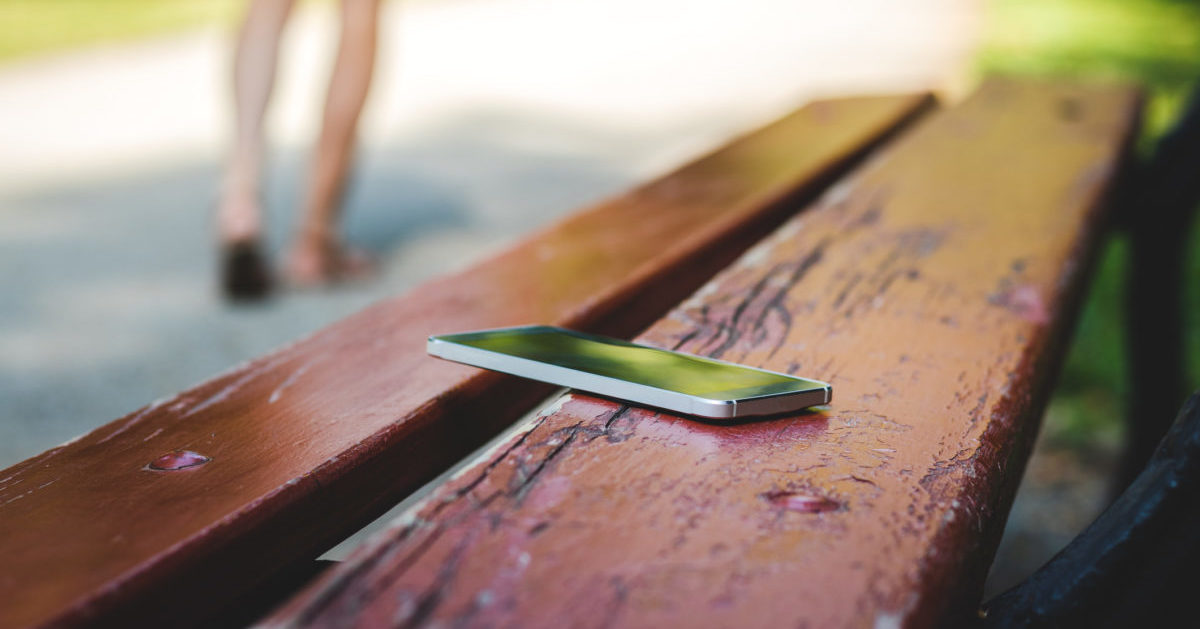Our phones contain a record of our lives. They’re not just for texting and calling; they’re really mini-computers that hold our photos as well our detailed personal information, our passwords, financial and medical information and more.
If your smartphone ends up in the wrong hands, it can lead to personal and identity theft. Plus, phones can be really expensive to replace.
Steps To Take After Your Phone Gets Lost or Stolen
If a thief has your phone, that person knows you’ll be trying to recover the phone or wipe it clean. So you want to act quickly when you realize your phone is gone.
Take these eight steps if you realize your phone disappears.
1.Call Your Phone
It’s possible that you simply misplaced your phone. Call your number and send a text. If the phone is within reach, you will hear it. Or if you misplaced it, someone may answer.
2. Log On To Find My Phone on iPhone or Find My Device on Google
For an Android phone, use Google’s Find My Device. For an iPhone, go to Find My iPhone. Use those services to send a sound to the phone, display a message on the lock screen or erase the data on your phone.
3. Notify Your Service Provider
You want to inform your carrier of the loss. It can suspend your service until you locate your phone or buy a new one. Your carrier can also prevent the phone from being used on its network. It can also mark the phone as unusable, even with a new SIM card or if the phone is moved to a new carrier.
4. File a Report With the Police
You may or may not get your phone returned to you if you file a police report, but you will need a record of the loss if the phone is used for illegal activity or if you incur fraudulent charges or identity theft.
6. Change Your Passwords
If a thief has your phone, that person can potentially gain access to all of your personal information, including your passwords and security questions for the websites you visit. Change all of your passwords and security questions.
7. Contact Your Bank, Credit Card Companies and Other Financial Institutions
Notify all major financial and other important agencies of the loss so that they are aware your accounts are in danger. You can ask the bank and credit card companies to issue new cards.
8. Think About Insurance
If you have coverage for your phone, contact the insurance company. Also, contact your cell provider and see if it covers any of the replacement costs. If you use a credit card to pay your monthly phone bill, contact the issuer. Some offer replacement coverage at no cost to you.
Steps To Prepare Your Phone in Case It Gets Lost or Stolen
Whether you own an Android phone or an Apple iPhone, there are steps you can take and settings you can adjust to protect your phone before it’s lost or stolen.
1. Make a List of Important Information
I keep a household inventory list that contains all of the information about each new appliance, computer, smartphone and other items.
For a smartphone, log the place and date of purchase, the amount of the purchase, the make and model of the phone, the serial number and the IMEI (International Mobile Equipment Identity) or MEID (Mobile Equipment Identifier) number. This article can help you find your phone’s IMEI number fast.
2.Set Strong Security Settings
It’s best to have as many security settings in place as possible. Using a password plus biometric authentication is best. Biometric authentication is when you use your fingerprint, facial or voice recognition to log in to your phone.
Also, use a strong password. If your phone allows it, skip the 4-digit PIN and instead choose a password that is at least eight characters long and contains a combination of letters, numbers and symbols.
Both Apple and Android phones will lock you out after so many failed login attempts. And both have an erase feature that will automatically erase your personal data after a set number of failed login attempts. The feature is not turned on by default, so you’ll need to enable it.
On an iPhone, open the Settings Menu > Touch ID & Passcode. Find the setting for Tap and Erase Data and turn it on.
On an Android open the Settings Menu > Lock Screen > Secure Lock Settings. Turn on the option for Auto Factory Reset.
3.Enable Find My Phone
When this setting is enabled, you can use a computer or other device to locate your phone if it turns up missing. For it to work, the phone must be turned on and connected to Wi-Fi or cellular. It can also report the last known location that was logged as long as you have location tracking turned on.
On an iPhone open the Settings Menu. Tap your name and then tap Find My. Turn on Find My iPhone. You can also choose to share your location with friends and family and locate your device even when it is offline. To find your iPhone on a map, ensure that location services is turned on. That can be found under Settings > Privacy > Location Services.
On an Android open the Settings Menu > Security > Find My Device. Toggle it on.
4. Back Up Your Phone
When you set up a new phone, you will be prompted to enable backup. Apple uses iCloud and Android uses Google Drive. Follow the prompts to enable the backup feature. On an iPhone open the Settings Menu then tap your name. Then tap iCloud > iCloud Backup. On an Android open the Settings Menu > Accounts & Backup.
Final Thought
Losing a phone can be a scary and expensive experience. If you follow these steps, you’ll have a head start to find your phone or at least safely erasing your valuable information.
